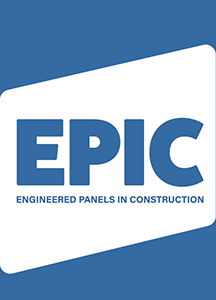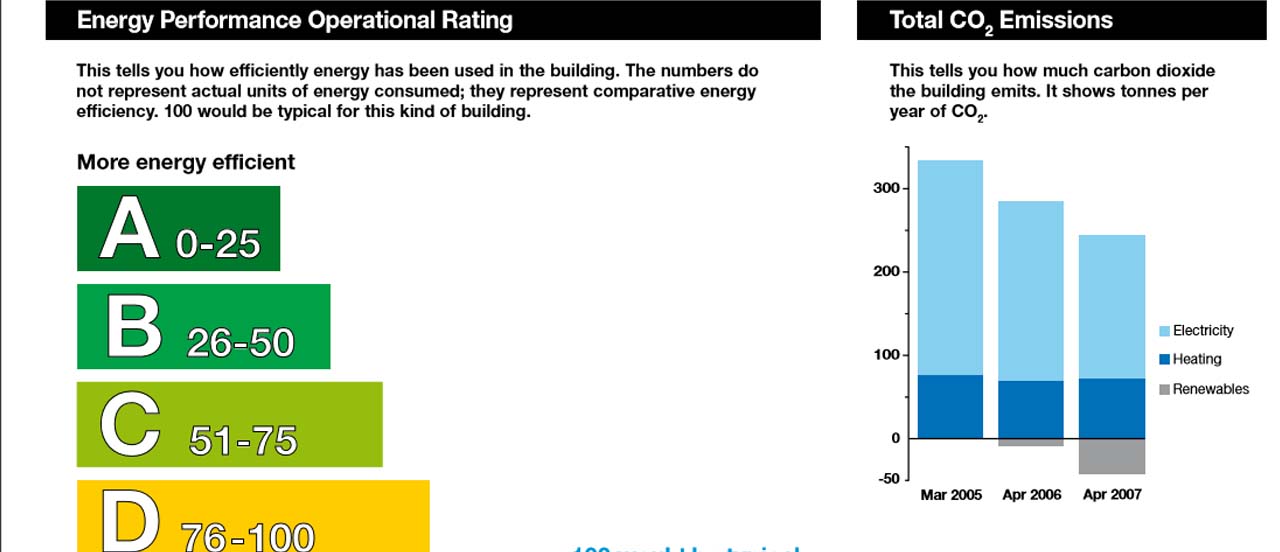Display Energy Certificates (DECs) are here to stay, so it is important to get the best results from the energy audit. Recent calculations have highlighted that having a thermally efficient building envelope can be a major contributor to the energy efficiency rating. Industry body EPIC (Engineered Panels in Construction) examines the issues and explains the benefits insulated panel systems can offer in helping to achieve a good DEC rating.
The crucial difference between DECs and the Energy Performance Certificates (EPCs) which are also now mandatory for any building being built, let or sold, is that whereas an EPC is valid for up to ten years, a DEC must be reviewed annually and is based on actual energy consumption. Public buildings over 1000m2, ranging from council offices through to hospitals have to undergo assessment and display the resulting certificate in a place clearly visible to the public.
It is expected that this increased transparency on the financial and environmental costs of running a building will have a noticeable effect on public opinion, thereby encouraging occupants and owners to seek ways of improving energy efficiency.
One of the most effective and consistent ways of keeping energy usage down is by having a thermally efficient building envelope. For example a 100mm thick insulated roofing panel with a PIR insulating core can readily achieve a U-value as low as 0.20 W/m2K and an air leakage rate of 5m3/hr/m2 or better. Essentially, these figures mean much less heat is lost through the roof, leading to reduced heating bills, less energy consumption and potentially a better DEC rating.
Whether used in a new build or a refurbishment project, insulated panel systems can provide the excellent long term thermal performance and low air leakage rates that are vital in achieving this. A further benefit of having a regular update is that any improvements to the building’s thermal performance, for example, will be reflected at the next review.
Click here to download sample Display Energy Certificate (.pdf file)

